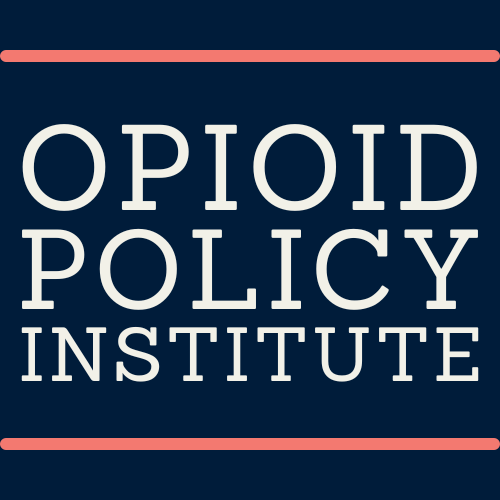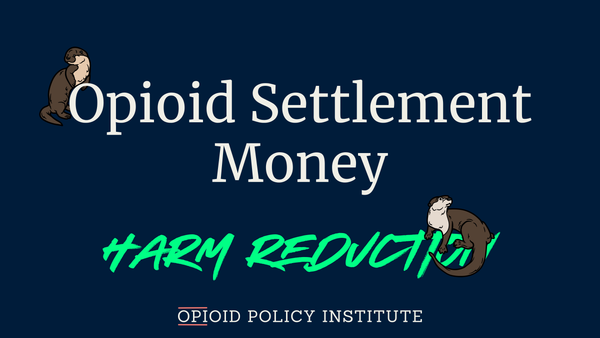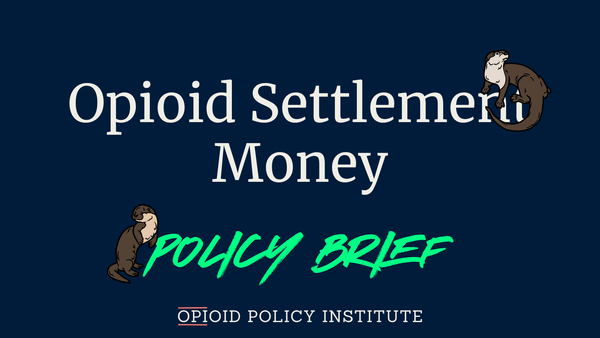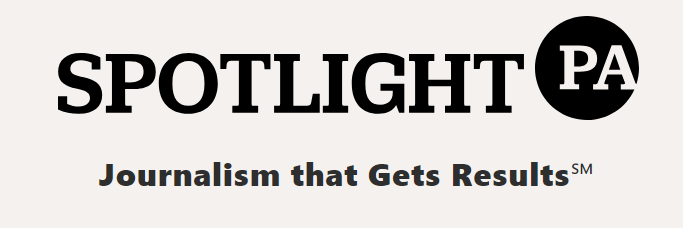⚡Shock Value⚡
Another spooky WFAM - Waste of the Week
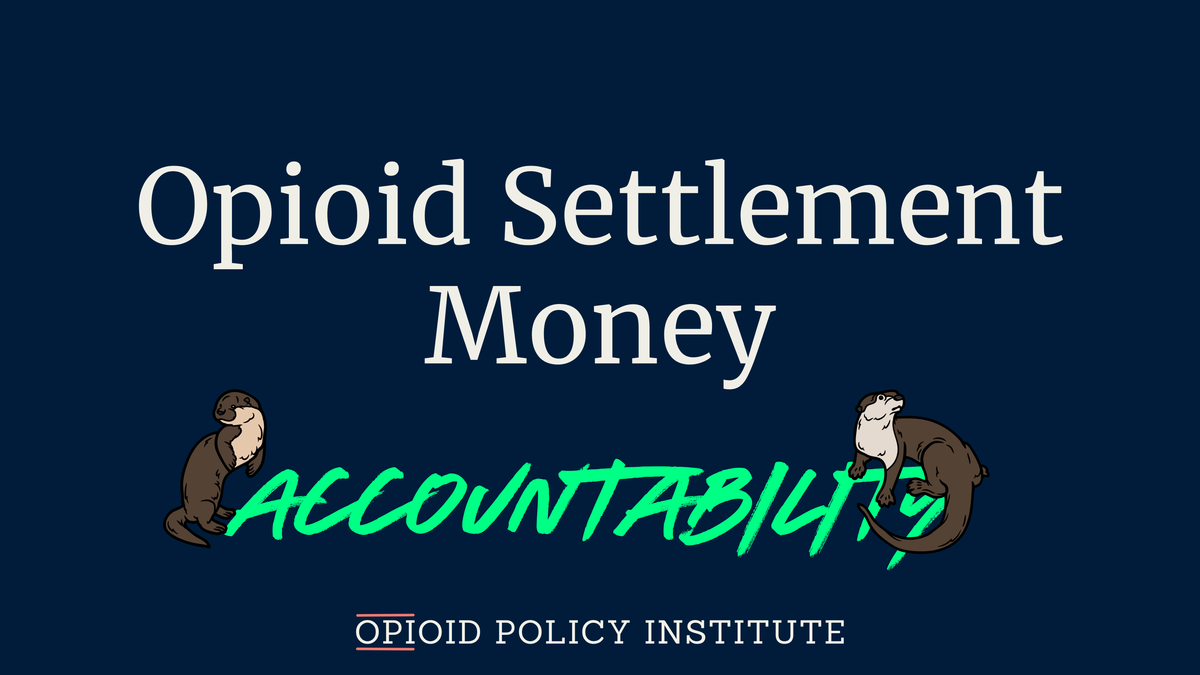
It’s fall, y’all! 🍂
Tony here!
I think there’s something else you should know about me before we dive into a new opioid settlement waste of the week: I've had the privilege of working as a volunteer firefighter in my hometown of Union, West Virginia, and I’ve worked as an active-duty Soldier for the last four years as a Medical Service Corps Officer.



Pictured is Tony during her years as a volunteer firefighter with the Union Volunteer Fire Department in Union. West Virginia from 2015-2017 (you can tell by the Instagram filters!)
With these experiences, I’ve had many opportunities to work with devices like automated external defibrillators (AEDs) to help people experiencing cardiac arrest. I truly appreciate the life-saving potential of medical devices like AEDs. Our communities need these devices.
However, AEDs have nothing to do with the opioid overdoses and nothing to do with opioid settlement money…so why am I talking to you about AEDs in a newsletter about opioid settlement money!?
Well...because communities are using opioid settlement money to purchase AEDs..and that’s a shocking way to use this money.⚡
Quick WFAM Project Updates (10.23.25)
- Our database is at 358 WFAM examples
- 📈 +5 WFAM examples since last post
- Current WFAM Total: ~$26.8mil
- 📈 +$1.4mil since last post
⚡Shock Value⚡(...AEDs)
Today, we're calling out spending opioid settlement money on automated external defibrillators (AEDs):
Automated external defibrillators (+$2.2 million)
2025 EOY UPDATE: +$2,510,919
- Vendors: Stryker, Zoll
- Where: Florida, Ohio, Michigan, Virginia, and Louisiana
- Initial Spending: Device
- Long-term Costs: Maintenance, replacements, training, potential subscription/on-going fees for pads and other device expendables
Other Considerations
- As always, the purchasing process may have issues: Was there an open bidding process for these devices? How was the specific model evaluated for the stated purpose? What contact was there between the company and the government? These questions could generate other concerns and are worth investigating.
- The decision-making process might have issues: Was the public notified about this purchase? Who was consulted before the purchase? Who approved the purchase?
- The stated outcomes might have issues: What are the metrics that provided to decision makers to evaluate whether this spending is a “success?” Is there data or research showing that AEDs reduce overdose deaths? If not, why would opioid settlement money go towards AEDs?
- The implementation might have issues: How are the AEDs going to be distributed? Will they prioritize marginalized communities?
- The legacy of these decisions might have a long tail: How were ongoing costs factored into the decision-making process?
